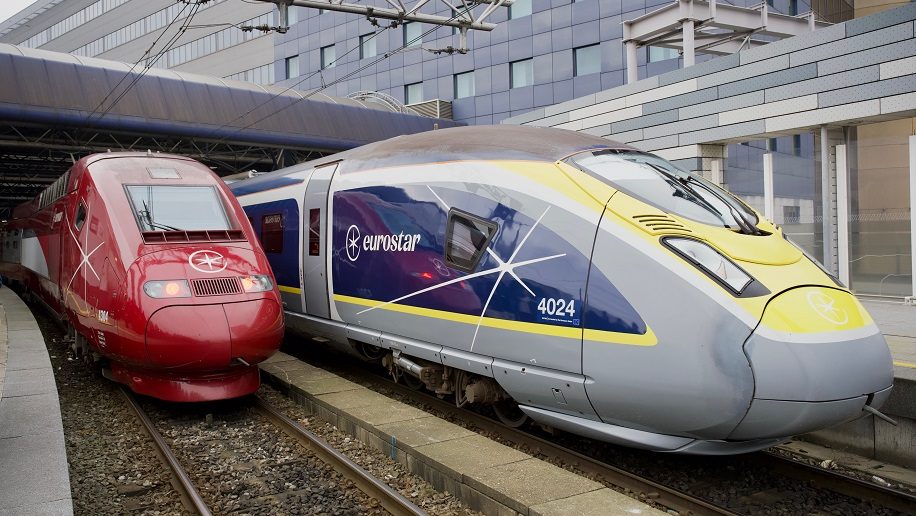On the first entry, all non-EU citizens will need to complete the digital registration. This will include a face scan, fingerprint scan, passport scan and four standardised questions (e.g. how long is your trip). The registration process is expected to take around 90 seconds per passenger and the profile will remain valid for three years.
After this has been completed, passengers would then head to the Eurostar Ticket Gates for a manual check-in as normal, proceed through security checks, complete a UK exit check (a quick swipe of the passport), and finally go through the French Border Control before boarding the Eurostar (where biometrics and travel documents will be checked again). Part of the investment will also see double the number of Police aux frontières (PAF) officers to help with the French border controls, rising from 12 officers in May 2023 to 24 officers come October.
Unlike for airline passengers, the benefit of the all-in-one checks means that on arrival in their European destination, passengers can exit the train immediately, with no further checks necessary.
For subsequent visits, passengers will again need to visit the kiosks to scan their passport, complete facial recognition and answer the questions (though fingerprints will not be needed). This process is expected to be reduced to 37 seconds, and passengers will then be able to use e-gates rather than manual checkpoints.
Eurostar also announced it will be investing in advanced signage and digital wayfinding (via the St Pancras website) and adding more staff onsite to help customers.
Outside of London, in Paris there will be 18 new kiosks to create EES profiles and seven new e-gates to check-in, while Brussels will see 10 new e-gates and four additional manual counters.
“Our aim is to put the passenger at the core of the design for EES and how we integrate that in the best way at St Pancras and other terminals. We will do that is by adding zero extra time on departure, we will not ask passengers to arrive earlier for the EES, we will maintain current check-in times”, said Simon Lejeune, chief stations and security officer at Eurostar.
Passengers are currently requested to arrive 90 minutes before departure, with check-in expected to take between 45-90 minutes. This has reduced from last summer, when check-in times were around 120 minutes.
“We want to offer all our passengers the most fluid experience. Part of doubling the border force is also to ensure we can have a modular approach. We have peaks and flows in our operation, for example this morning we would have had 85 per cent of non-EU passengers, this afternoon it will be 60 per cent EU passengers, so you have to continuously adapt to those flows and adapt to peaks such as bank holidays,” said Lejeune.
An EU-led app is also in development to allow passengers to complete the EES registration process remotely. This is currently being trialled in Sweden, with hopes it can be rolled out in 2025.

Sophie Anderson, a UK-based writer, is your guide to the latest trends, viral sensations, and internet phenomena. With a finger on the pulse of digital culture, she explores what’s trending across social media and pop culture, keeping readers in the know about the latest online sensations.








